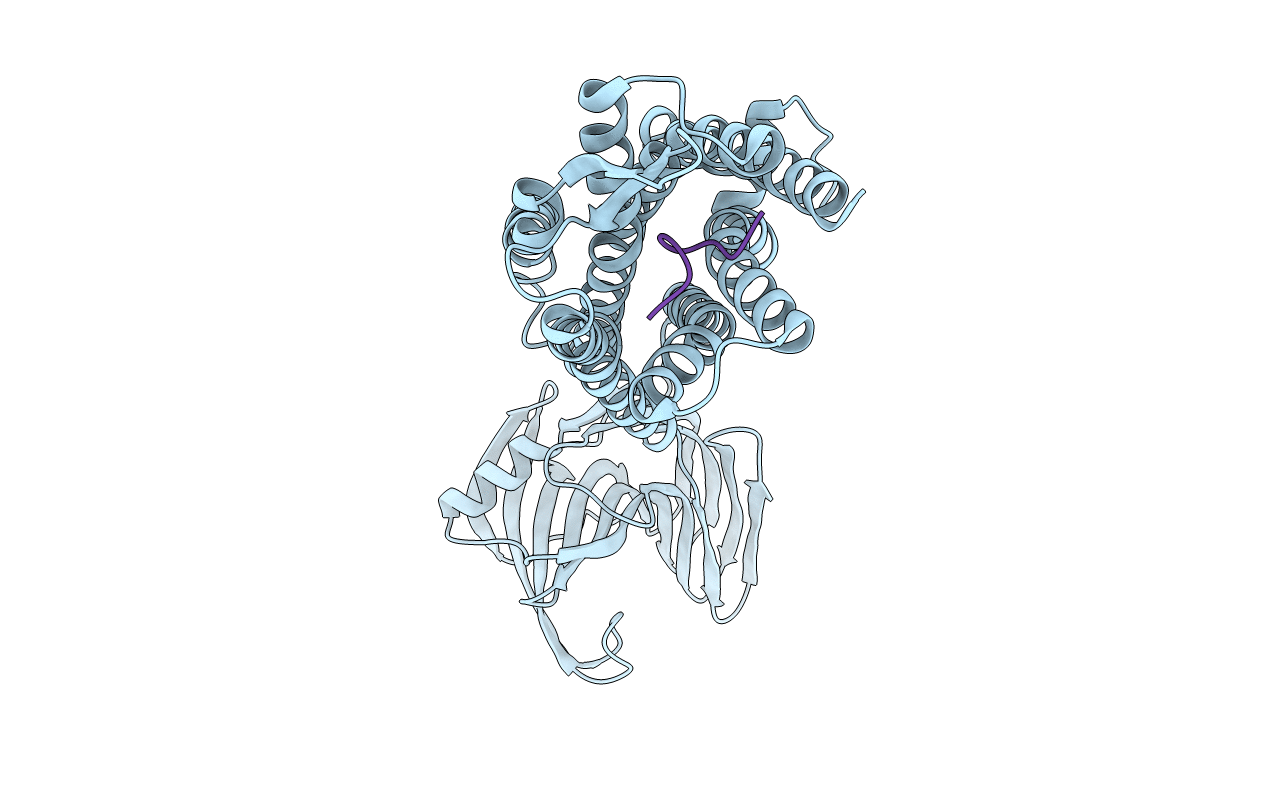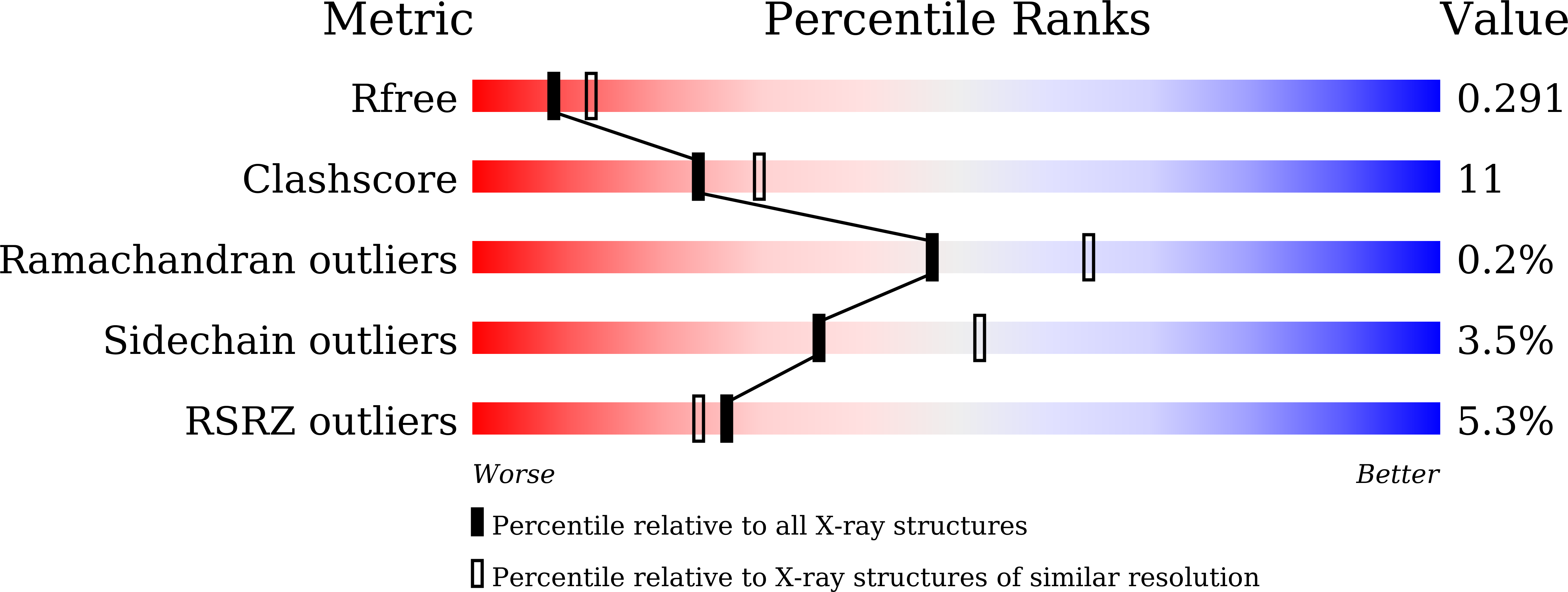
Deposition Date
2022-04-28
Release Date
2022-08-03
Last Version Date
2023-11-29
Entry Detail
PDB ID:
7XNA
Keywords:
Title:
Crystal structure of somatostatin receptor 2 (SSTR2) with peptide antagonist CYN 154806
Biological Source:
Source Organism:
Homo sapiens (Taxon ID: 9606)
Niallia circulans (Taxon ID: 1397)
synthetic construct (Taxon ID: 32630)
Niallia circulans (Taxon ID: 1397)
synthetic construct (Taxon ID: 32630)
Host Organism:
Method Details:
Experimental Method:
Resolution:
2.65 Å
R-Value Free:
0.29
R-Value Work:
0.21
Space Group:
P 21 21 21


